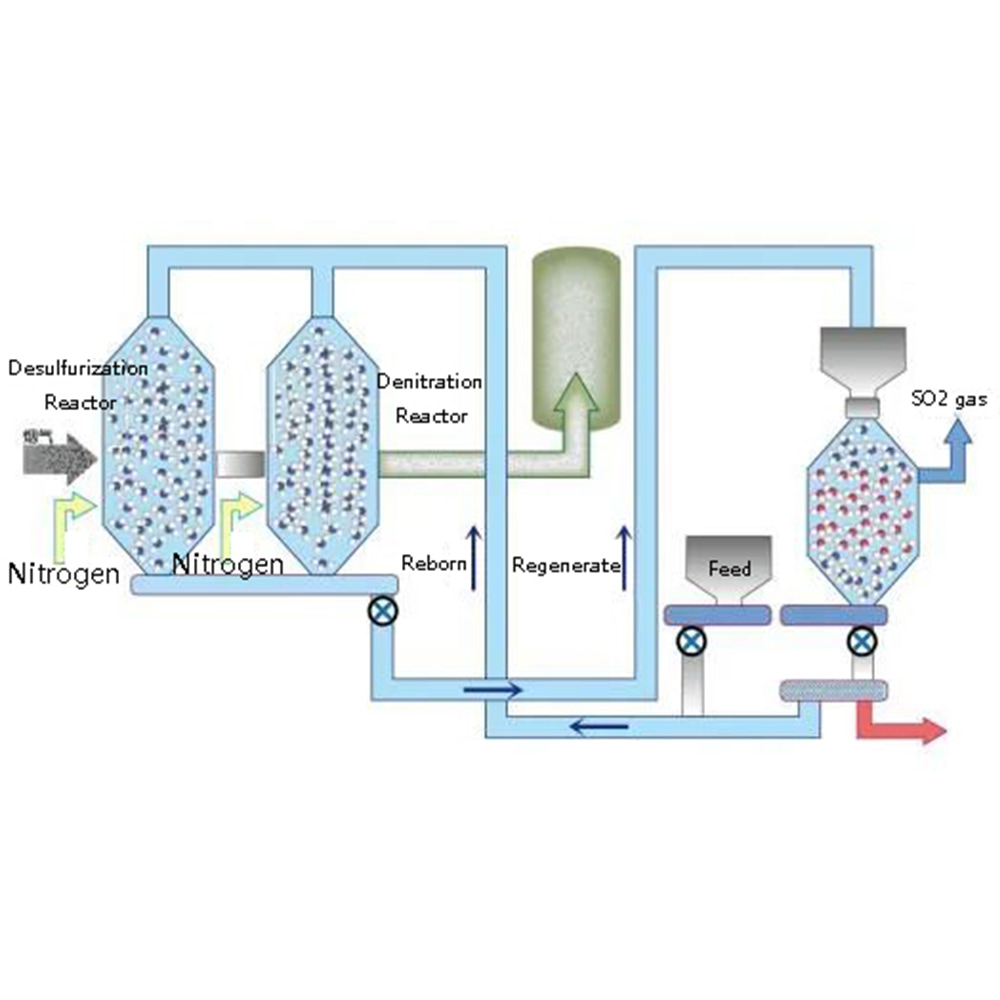With the increasingly severe environmental situation, my country, as a major emitter of air pollutants, has paid more and more attention to the emission of multi-pollutants in the flue gas of coal-fired power plants. Under the guidance of the green sustainable development concept, the concept of collaborative governance has been proposed and implemented in used in coal-fired power plants.
The synergistic treatment technology of flue gas pollutants mainly includes the synergy of coal control and pollutant removal, the synergy of low-nitrogen combustion and flue gas denitrification, the synergy of dust collector and wet desulfurization tower, and the integration of boiler flue gas system.
First of all, the synergistic technology of coal control and pollutant removal. The key of this technology is to compare the cost of environmental protection equipment construction and equipment operation when using inferior coal and the increased cost of coal quality control, and then determine the coal quality. The appropriate range of fluctuations to determine the use of this synergistic technology.
Secondly, the synergistic technology of low-nitrogen combustion and flue gas denitrification, the key of this technology is low-nitrogen combustion technology, which can control the production of nitrogen oxides from the source, and then comprehensively consider the construction and operation costs of flue gas denitrification technology, combining the two technologies The cost comparison of this collaborative technology is optimized.
Third, the synergistic technology of dust collector and wet desulfurization tower, the main function of this technology is to improve the dust removal efficiency, and then use wet electrostatic precipitator or low temperature flue gas system technology to meet different emission requirements. Fourth, the integrated technology of boiler flue gas system, the focus of this technology is to optimize the design of the tail flue as a whole to improve the treatment efficiency of the entire boiler flue gas.

Nitrogen oxide treatment measures: First, in anthracite coal boilers, low-nitrogen combustion technology and blending technology can be used to effectively control the mass concentration of nitrogen oxides at the furnace outlet, which can generally be controlled to about 800mg/m3, and then use furnace type SNCR. Flue gas denitrification technology is used to control the mass concentration of nitrogen oxides within 500mg/m3, and finally, the mass concentration of nitrogen oxides is controlled within 50mg/m3 through SCR flue gas denitration technology. Secondly, in lignite, bituminous or lean coal boilers, low-nitrogen combustion technology and SCR flue gas denitration technology can be used comprehensively. When low-nitrogen combustion technology is used, it can effectively control lignite, bituminous coal, and lean coal boiler furnace exit flue gas nitrogen oxides The mass concentration should be within 200mg/m3, 300mg/m3 and 500mg/m3 respectively, and then the nitrogen oxide mass concentration should be controlled within 500mg/m3 through SCR flue gas denitration technology.
Smoke and dust treatment measures: Coal-fired power generating units mainly control smoke and dust emissions through technologies such as wet electrostatic precipitator, electrostatic bag filter, and wet desulfurization collaborative dust removal.
Sulfur dioxide treatment measures: For the control of SO2, the sulfur content of coal combustion is generally controlled by strictly controlling the coal quality, and then the SO2 emission is further controlled by the desulfurization device, and the SO2 emission concentration is controlled within 35mg/m3.
